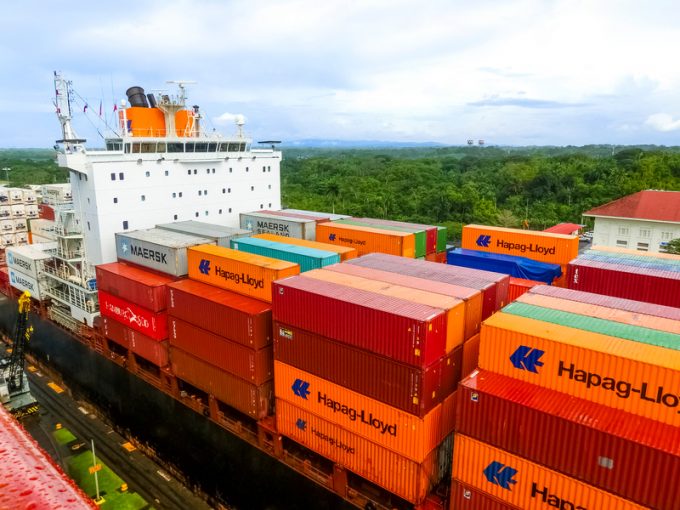Dollar General submits $14.7m claim against Yang Ming over capacity shortfall
Pandemic-era greed appears to be coming back to bite container lines on the backside, with ...

Jilted THE Alliance (THEA) partners ONE, Yang Ming and HMM are ’keeping schtum’ on their future following the departure of Hapag-Lloyd next year.
Yesterday’s Q3 (October to December) financial results from Japanese carrier ONE were conspicuous by the absence of any mention ...
MSC switches two more Asia-Europe port calls from congested Antwerp
Front-loading frenzy has made traditional H2 peak season 'unlikely'
Tradelanes: Export boom in Indian sub-continent triggers rise in airfreight rates
Carriers introduce surcharges as congestion builds at African ports
Canada and Mexico get cosy with trade plan to bypass US
Mexican airport modernisation plan unlikely to boost cargo facilities
Ports and supply chain operators weigh in on funding for CPB
Tradelanes: Overcapacity on Asia-S America impacting alliances and rates

Comment on this article